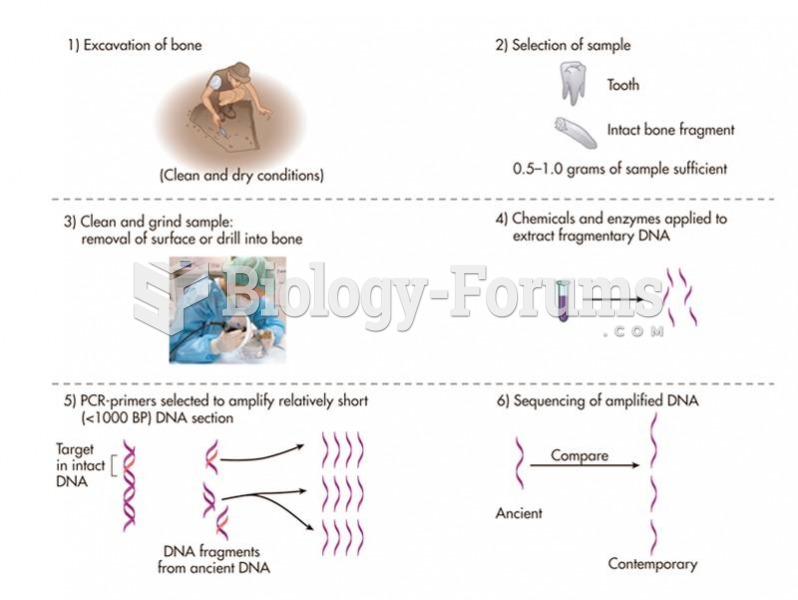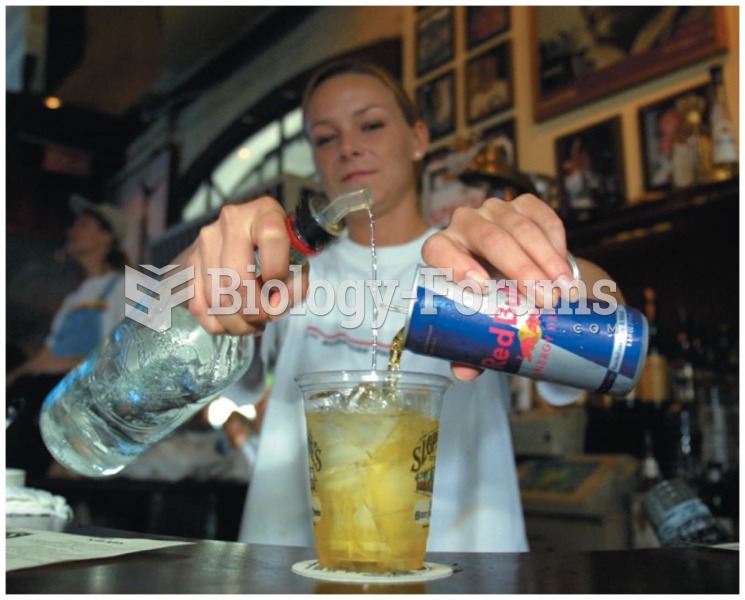Answer to Question 1
ANS: B
Predictive designs are used to predict the value of one variable on the basis of values obtained from another variable or variables. Prediction is one approach used to examine causal relationships between variables. In a factorial design, two or more different characteristics, treatments, or events are independently varied within a single study. This design is a logical approach to examining multicausality. Crossover, or counterbalancing, is a strategy designed to guard against possible erroneous conclusions resulting from carryover effects. With counterbalancing, subjects are randomly assigned to a specific sequencing of treatment conditions. This approach distributes the carryover effects equally throughout all the conditions of the study, thus canceling them out. The original, or classic, experimental design, is still the most commonly used experimental design. In this design, subjects are randomly assigned to treatment or control groups, and an intervention is enacted upon them by the researcher.
Answer to Question 2
ANS: B
A randomized clinical trial (RCT) contains random assignment to experimental and clinical groups and very often is multi-site. A fully randomized design contains both random selection and random assignment. Quasi-experimental designs facilitate the search for knowledge and examination of causality in situations in which complete control is not possible. Such designs lack a control group, or lack random assignment to group. The model-testing design requires that all variables relevant to the model be measured, using correlational statistics. A large, heterogeneous sample is required. Crossover, or counterbalancing, is a strategy designed to guard against possible erroneous conclusions resulting from carryover effects. With counterbalancing, subjects are randomly assigned to a specific sequencing of treatment conditions. This approach distributes the carryover effects equally throughout all the conditions of the study, thus canceling them out. To prevent an effect related to time, the same amount of time must be allotted to each treatment, and the crossover point must be related to time, not to the condition of the subject.







